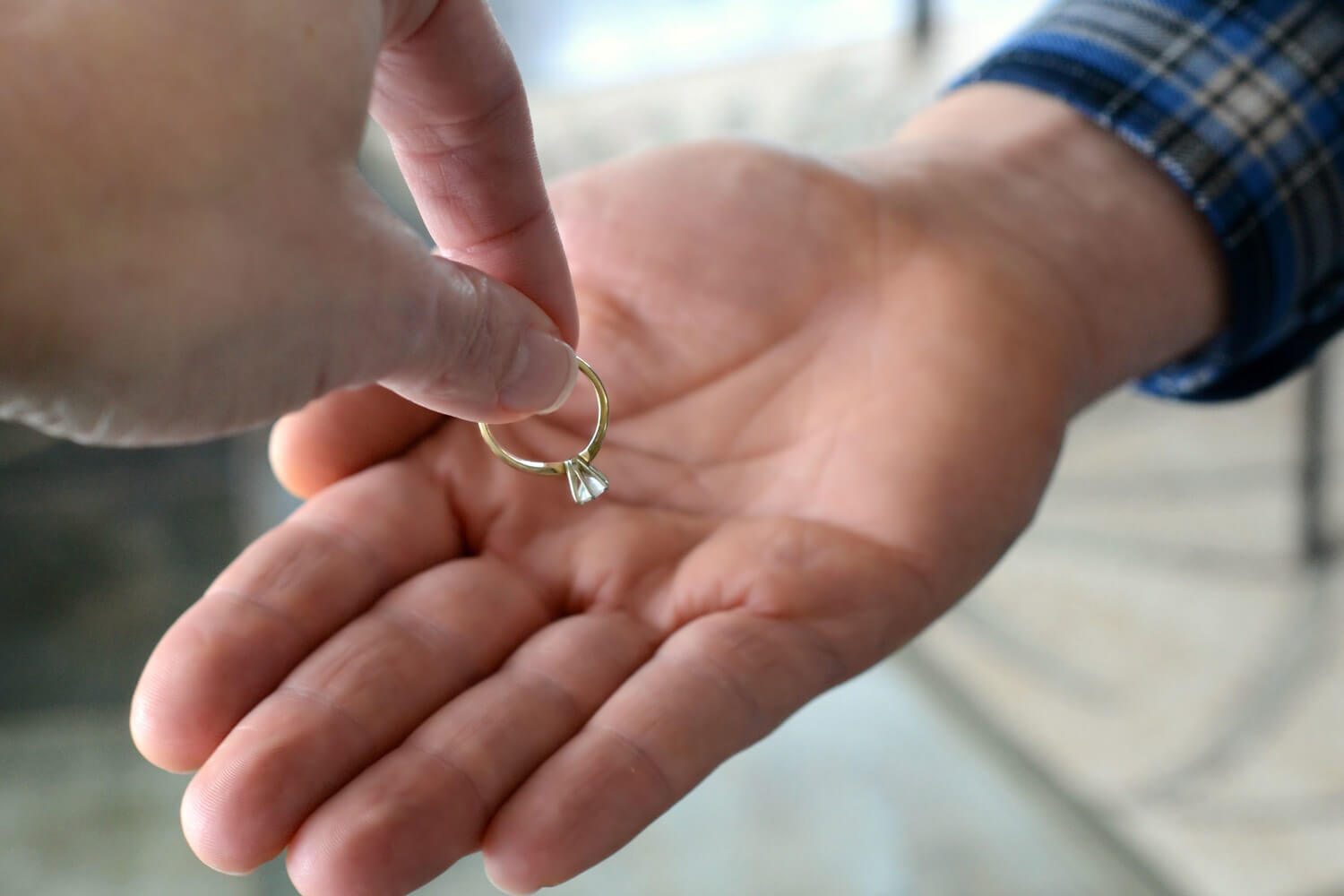Earlier this summer, I (Amy) went to the beach with my son. As we claimed our spot and settled in, I noticed a cute couple in front of us. They had matching chairs, a stylish blanket, and looked very sweet together. She was basking in the sun while he was immersed in a book. A picture of contentment.
Later, I overheard him gently say, “I do want to go on a walk with you. Can I just finish my chapter? It’s literally just two more pages.”
But she wasn’t open to waiting and walked off. He sat, finished his last two pages, then stood up and went to find her.
I couldn’t help but wonder — did she feel rejected or abandoned—like he chose his book over her? Could it be that it wasn’t about the book at all? Maybe she interpreted the wait as disconnection.
As someone who views relationships through the lens of attachment, I recognized the Vacillator’s wound — a longing for connection that feels so fragile, so easily interrupted, that even a short wait can feel like an abandonment.
I’ve had many moments like this myself over the years; however, my anger often covered the deeper, more vulnerable emotions of disappointment or rejection that were linked more to my past, rather than to what was happening in the moment.
We’re fortunate to live near the beautiful Southern California coast. But it strikes me that even the most gorgeous scenery can’t compensate for moments lost to misunderstanding. We can get so caught up in needing now that we miss the deeper connection waiting just five minutes away.
The truth is—it’s not the beach, the vacation, or the destination that sticks with us, but more how we felt in those moments. And our current feelings are fueled by our past experiences.
Were we cherished by a parent? Really seen or understood? If you weren’t, these feelings and memories likely got deeply encoded into your very being, and they push their way to the surface at inopportune times, often spilling out as annoyance and frustration.
I saw the couple later, standing on the rocks, smiling and once again looking closely connected. They found their way back. And the good news is: You can too!
Want to build a love that waits, listens, and grows?
If you find your special moments feeling uncomfortably rocky, there is a way forward. When you understand your attachment core pattern, you can begin to break cycles of conflict, deepen connection, and protect what matters most—a shared experience.
- Click here to uncover and master your relational core pattern.
- Click here to discover your attachment style’s Growth Goals.
🙌 Thank You for Growing with Us
Thanks for being part of the How We Love community.
Keep learning, keep loving, and keep growing together.
With love and blessings,
Marc & Amy
Milan & Kay



